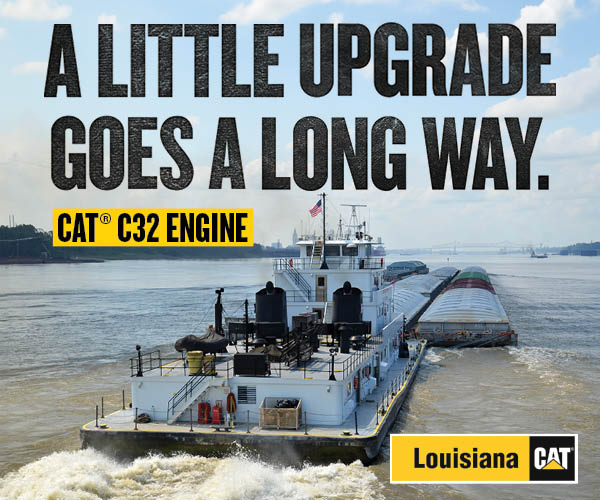WJ Editorial: Infrastructure Rollout: ‘The Easy One’?
With the passage of the Tax Cuts and Jobs Act behind him—considered their first big legislative victory by Republicans—President Trump is putting his infrastructure agenda front and center.
As you will read in this week’s issue, Trump said in remarks to the press after his signing of the tax bill into law, “Infrastructure is the easiest of all. … I could have started with infrastructure. I actually wanted to save the easy one for the one down the road. So we’ll be having that done pretty quickly.”
But is a comprehensive infrastructure initiative really “the easy one”?
According to an anonymous White House source who spoke with Bloomberg News December 7, the president will release a detailed document of “principles” for upgrading roads, bridges, airports and other public works before his January 30 State of the Union address. Those details have been delayed several times since his team circulated a list of priority infrastructure projects to state governors last January and released a sketchy outline of his infrastructure plans in June.
Trump’s ideas for infrastructure funding included having Congress pass $200 billion in direct federal spending, and his belief that this spending would somehow spur an additional $800 billion in spending by states, localities and the private sector. According to the Bloomberg piece, the plan keeps that suggested spending split.
That spending target of $1 trillion sounds impressive, but it is only about half the funding gap that the American Society of Civil Engineers has estimated will exist by 2025.
Not all states and localities are willing or able to accept this additional burden. Some are concerned that states that have raised infrastructure money in the past few years through gas taxes and other means could even be penalized. The U.S. Chamber of Commerce is on record as saying that $200 billion in direct infrastructure spending should be a floor, not a ceiling.
So far, waterways advocacy organizations have cheered the president’s spotlight on infrastructure issues, while hoping that their concerns about too much reliance on public-private partnerships (P3s) can be quietly addressed behind the scenes.
Waterways Council Inc. (WCI) argues that the barge industry’s fuel-tax contributions to the Inland Waterways Trust Fund already amount to a kind of P3. But as WCI CEO Michael Toohey has repeatedly pointed out, the lock and dam projects of most concern to our industry either won’t attract private financing, or would do so only under terms unacceptable to our industry and bad for business in general, such as tolls on the rivers, which no one wants.
According to the Bloomberg story, the president’s soon-to-be released statement is intended to “guide negotiations” in Congress as the bill develops. This may signal that the statement’s principles are flexible and open to compromise. We hope that is the case.
During the renewed upcoming debates over infrastructure, the point needs to be repeated again and again that lock and dam improvements do not just benefit barge companies and shippers, but pass through to everyone, especially farmers, manufacturers and anyone who ships products or relies on shipped products. The ultimate beneficiary is the American consumer.


